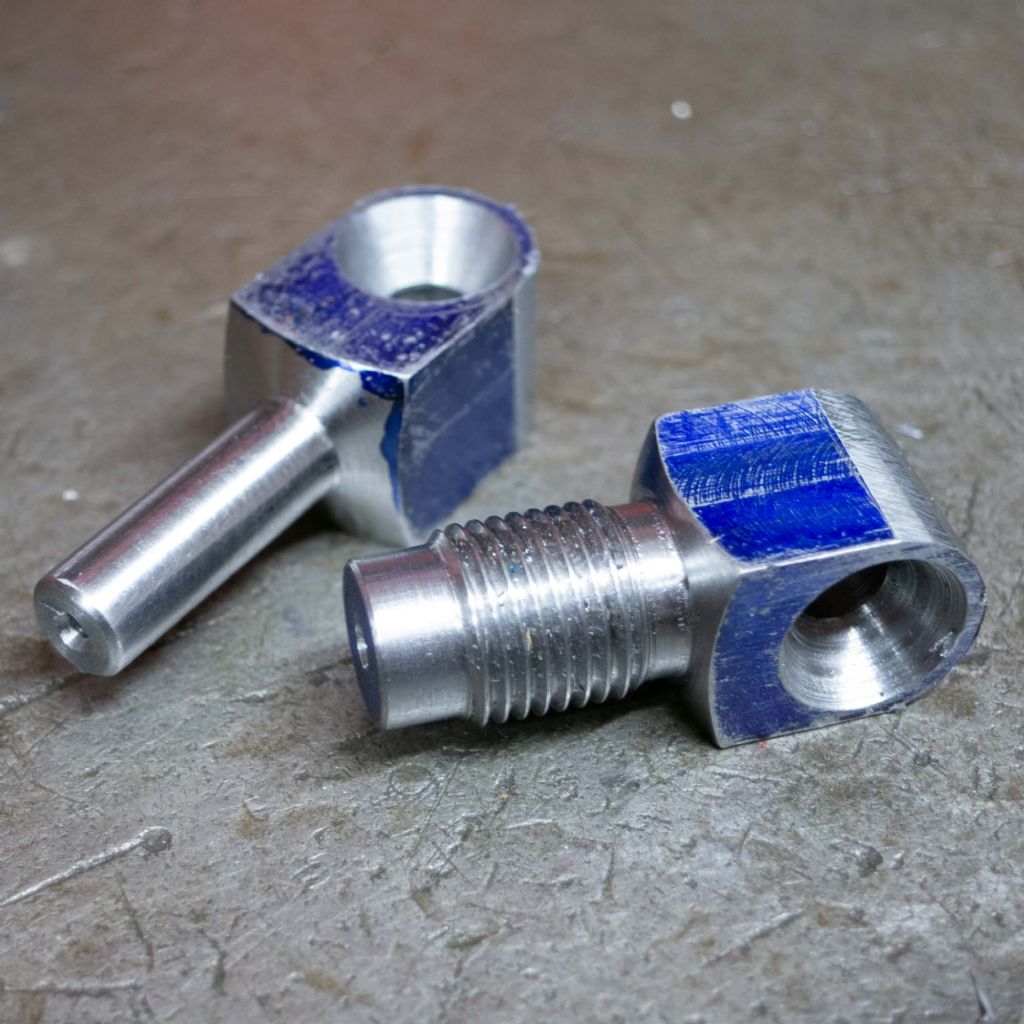William – your original post suggests you wanted to 'colour' them so I suggested hot sand as the best method of controling that in the home workshop. You can indeed put it in with your pizza but the temperature required to get the part to a decent blue black will give you a very crusty edge and topping!!
Colouring as you describe, by heating and watching the colour rise up is usually carried out when making tools – quenching usually occuring as the 'pale straw' reaches the tip. That is not tempering in the true sense in that the part has not had time at temperature to temper fully. I first saw that done as an apprentice on the shipyard by the blacksmith heat treating my new chipping hammer made from an old file!
At one time In my working life I made, on a daily basis many, many small parts from various tool steels but mainly B01 Arne (gauge plate equivalent). These were heat treated correctly and tempered accordingly – usually for two hours per inch of ruling section and twice at that ie quenched after two hours and then repeated. Colour of course was none existent just a manky oily black but hardness was checked throughout the batch to ensure uniformity.
To achieve a colour, and a uniform one at that, the temperature has to be even and specific to have any degree of control (of the colour). Kitchen ovens aren't usually hot enough to reach a dark colour.
You could, as said, leave them as they are – unhardended. I have collets for my mill that I made circa 1984 from the same unhardened 01 tool steel and they are still in use today. Colour or even blacking could then be done by gentle heating and quenching though it will not be hard wearing or by any of the cold blacking methods which will fare much better
The above and previous comment is based on personal experience of heat treatment of tool steels and offered as such – hope it's of use
Regards – Tug
Anonymous.






